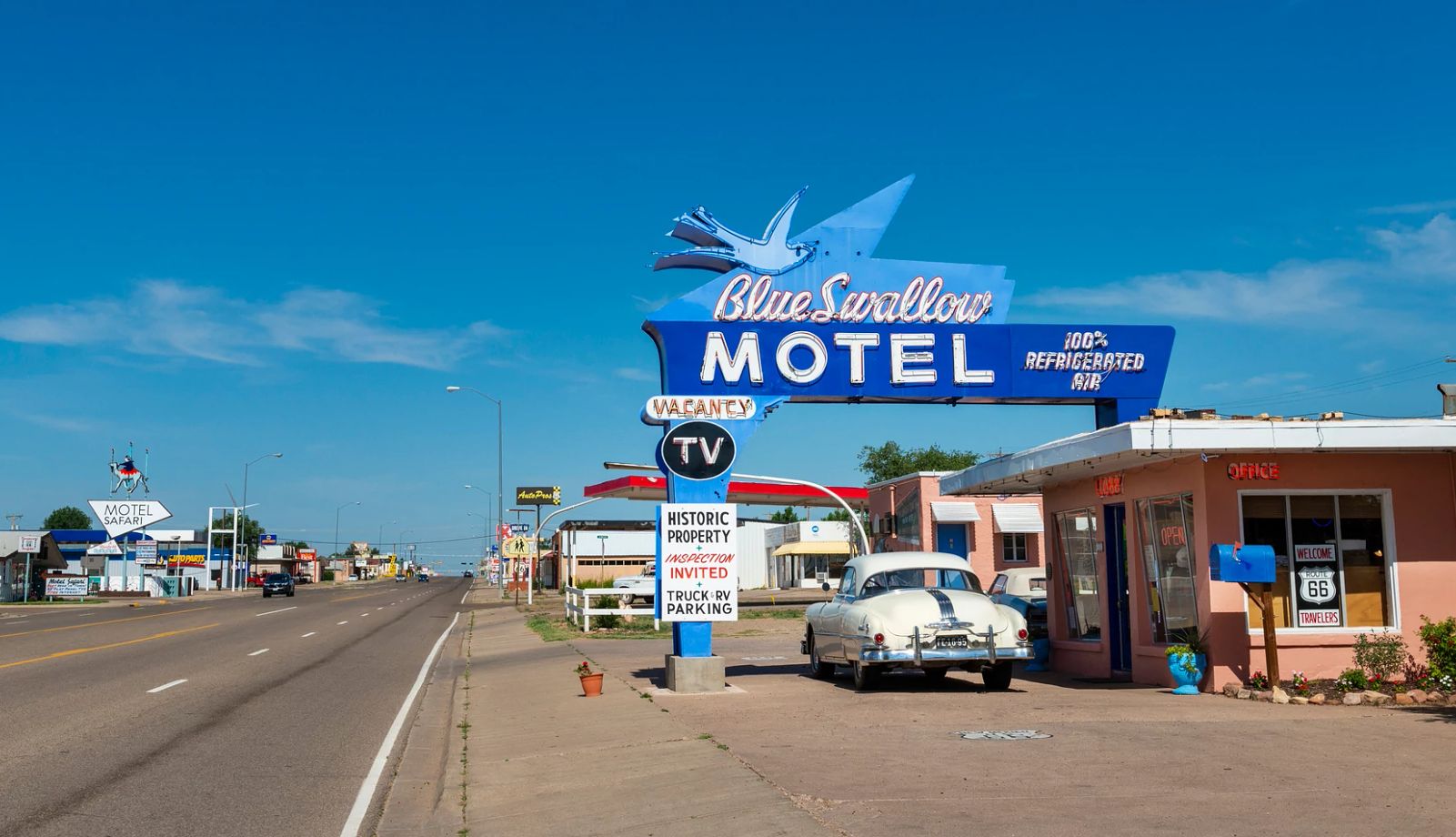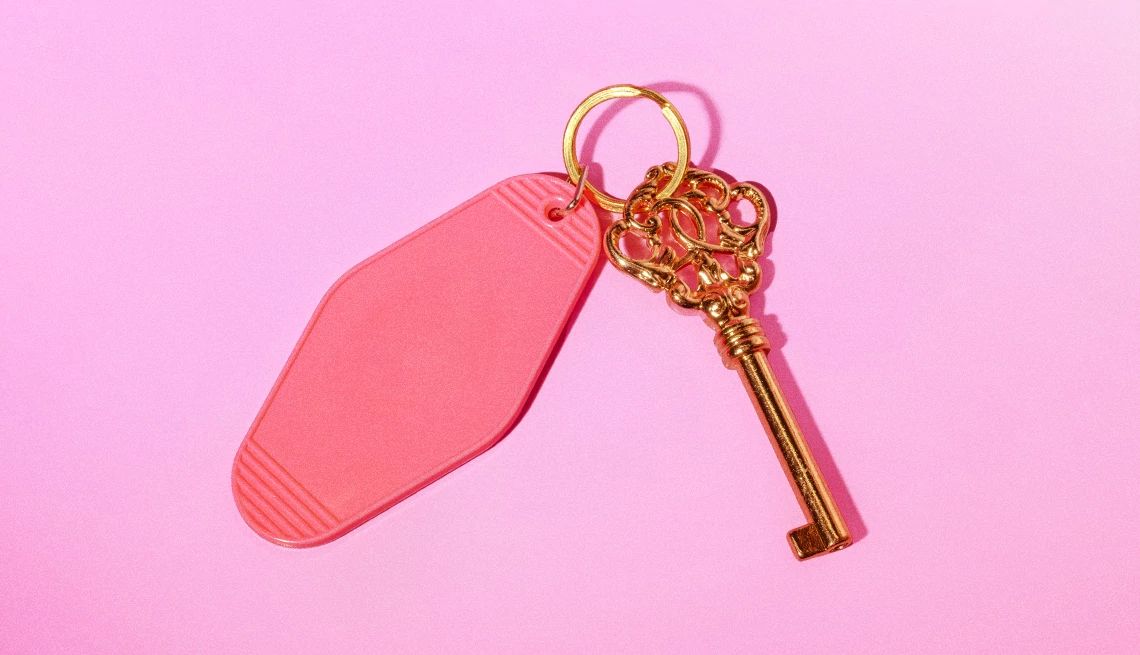AARP Eye Center
CLOSE ×
Search
Popular Searches
- right_container
- Health
- Money
- Work & Jobs
- Advocacy
- Social Security
- Medicare
- Caregiving
- Games
- Travel
- More...
News Feed for AARP in Ila, GA
Discover AARP state and community news for Ila
AARP Events SnapshotSM
Sign up today to get invites to free, fun & interactive online events.
I'M IN
-
AARP in Georgia

AARP Georgia Recognizes Perry Resident with its Most Prestigious Volunteer Award
Posted on 10/22/25
AARP Georgia recently named Walon Smith of Perry, Georgia, the recipient of the 2025 AARP Andrus Award for Community… -
AARP in Georgia

Take Charge of Your Breast Health Today
Posted on 10/22/25
From mammograms to lifestyle choices, 2025 offers vital ways to safeguard your future. -
AARP in Georgia

Americans 50-Plus Are Concerned About Utility Costs Going Up
Posted on 10/21/25
Extreme weather conditions can be a challenge to anyone managing home energy costs, including adequately heating or… -
AARP in Georgia

Family Caregiver Resources for Georgia
Posted on 09/05/25
No matter where you are in the caregiver journey, these local agencies and organizations can help make the… -
AARP in Georgia
AARP hosts Social Security's 90th Anniversary Celebrations Across GA
Posted on 09/04/25
For 90 years, Social Security has been a promise kept to generations of hardworking Americans. Recently, AARP joined… -
AARP in Georgia

Prostate Cancer: What Every Man Over 40 Should Know
Posted on 09/03/25
September is Prostate Cancer Awareness Month -
AARP in Georgia

AARP Georgia Seeks 2025 Andrus Award for Community Service Nominees
Posted on 07/30/25
Annual Award Recognizes Volunteers Who Make a Powerful Difference in their Community -
AARP in Georgia

New AARP Survey Finds Social Security Confidence Among Young Adults at Lowest in 15 Years
Posted on 07/30/25
A recent AARP Survey Reveals that young adults' confidence in Social Security has declined by 7%.
AARP Events for Ila
-
A Calming 10-Minute ‘Meditation Moment’
Wednesday, Dec 17, 2025 at 9:00 a.m. ET
Zoom
Online Event
-
AARP Smart Driver™: Bethesda Park Senior Center
Wednesday, Dec 17, 2025 at 9:00 a.m. ET
Bethesda Park Senior Center
Lawrenceville, GA
-
Aging and Driving: A ‘We Need to Talk’ Seminar
Wednesday, Dec 17, 2025 at 11:00 a.m. ET
Zoom
Online Event


































































